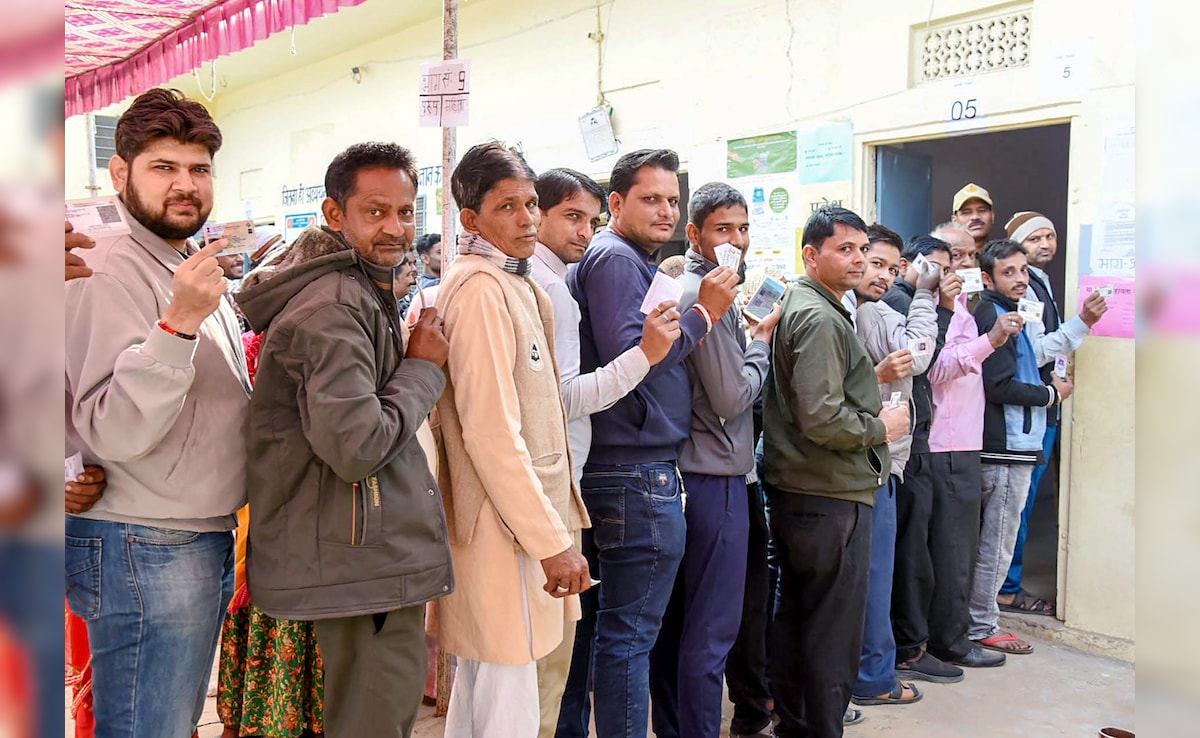As the clock ticks down to the release of exit poll results for the Madhya Pradesh, Chhattisgarh, Telangana, Mizoram, and Rajasthan assembly elections, political enthusiasts are reminded of the unpredictable nature of Indian elections. Exit polls, notorious for their occasional inaccuracies, are set to face renewed scrutiny following the surprising outcomes of the 2018 elections.
In 2018, the Congress emerged as the single largest party in Madhya Pradesh, securing 114 seats, while the BJP won 109 seats. The Bahujan Samaj Party (BSP) managed to secure 2 seats. Notably, despite lower vote share, the Congress outperformed the BJP in seats. Exit poll agencies such as CNX-Times Now, News24-Pace Media, CSDS-ABP News, Axis My India, and India Today predicted varying scenarios, with most anticipating a tough fight between the two major parties.
Moving to Chhattisgarh, where the Congress secured 68 seats, defying the exit poll projections that gave the BJP a higher seat count. The 2018 exit polls were divided, with agencies like CSDS-ABP News, C Voter-Republic TV, News 24-Pace Media, and others predicting Congress victories ranging from 35 to 50 seats. However, the final result saw the Congress comfortably leading with 68 seats, while the BJP lagged behind with just 15 seats.
In Rajasthan, the exit polls of 2018 again faced criticism for failing to predict the Congress’s victory with 100 seats. Agencies like CVoter-Republic TV, CNX-Times Now, India TV, CSDS-ABP, Axis My India, and Republic-Jan Ki Baat predicted varying seat shares, with most favoring the Congress but underestimating the magnitude of their triumph.
Mizoram witnessed a similar pattern, with exit polls predicting a close contest between the MNF and Congress. However, the eventual result saw the MNF securing 26 seats, Congress 5, and ZPM 8 seats, challenging the exit poll projections that favored the Congress.
As the nation eagerly awaits the 2023 exit poll results, political analysts emphasize the need for caution, recalling how the 2018 predictions were often wide of the mark. The dynamic nature of Indian politics continues to surprise, leaving both pollsters and the public on the edge of their seats as the results unfold.






















